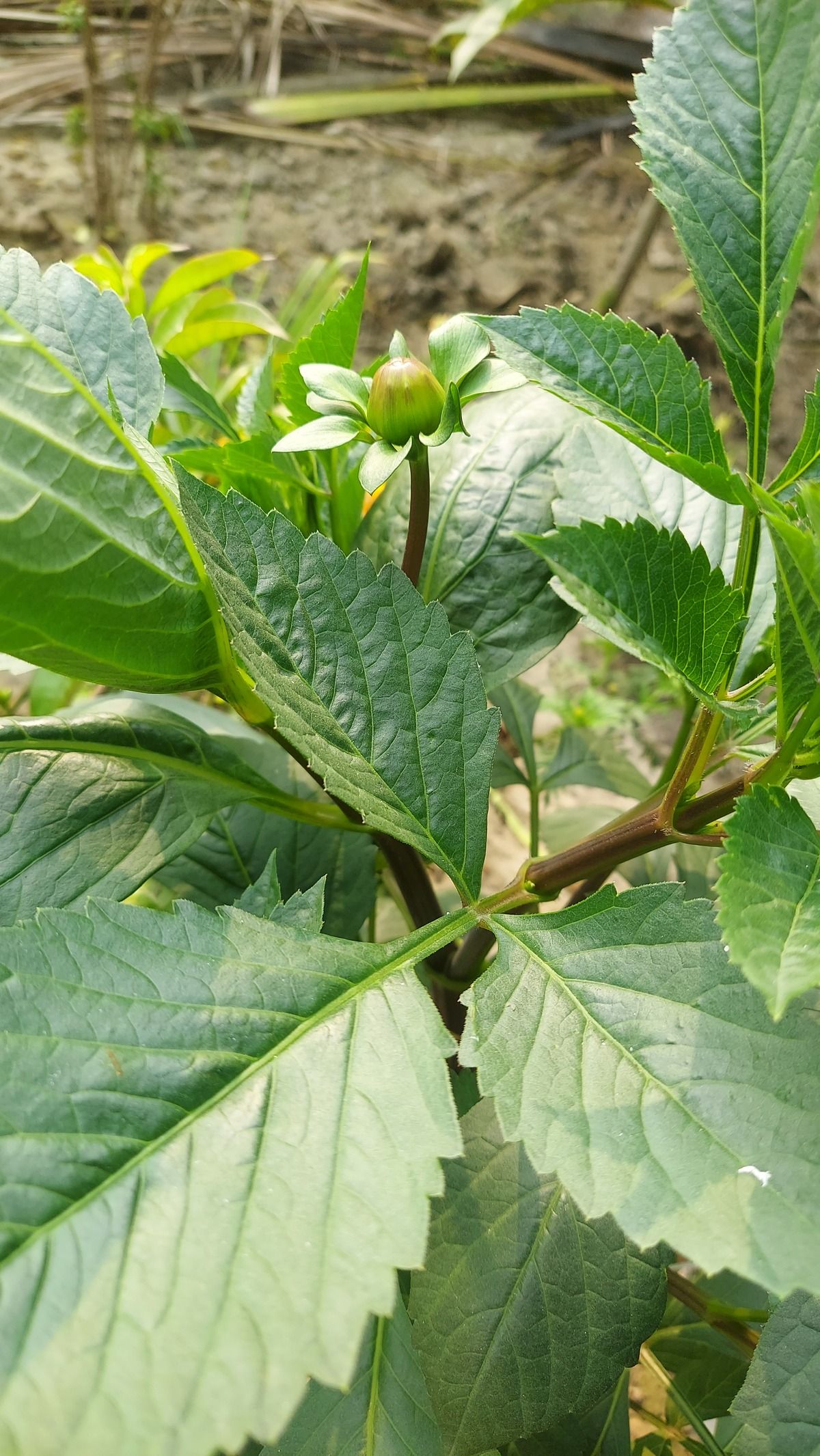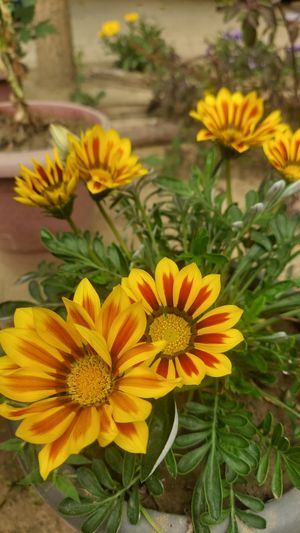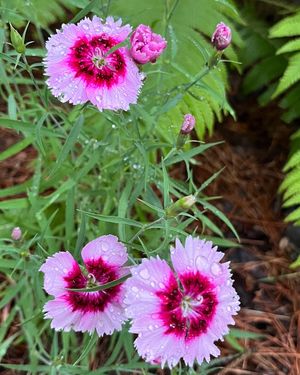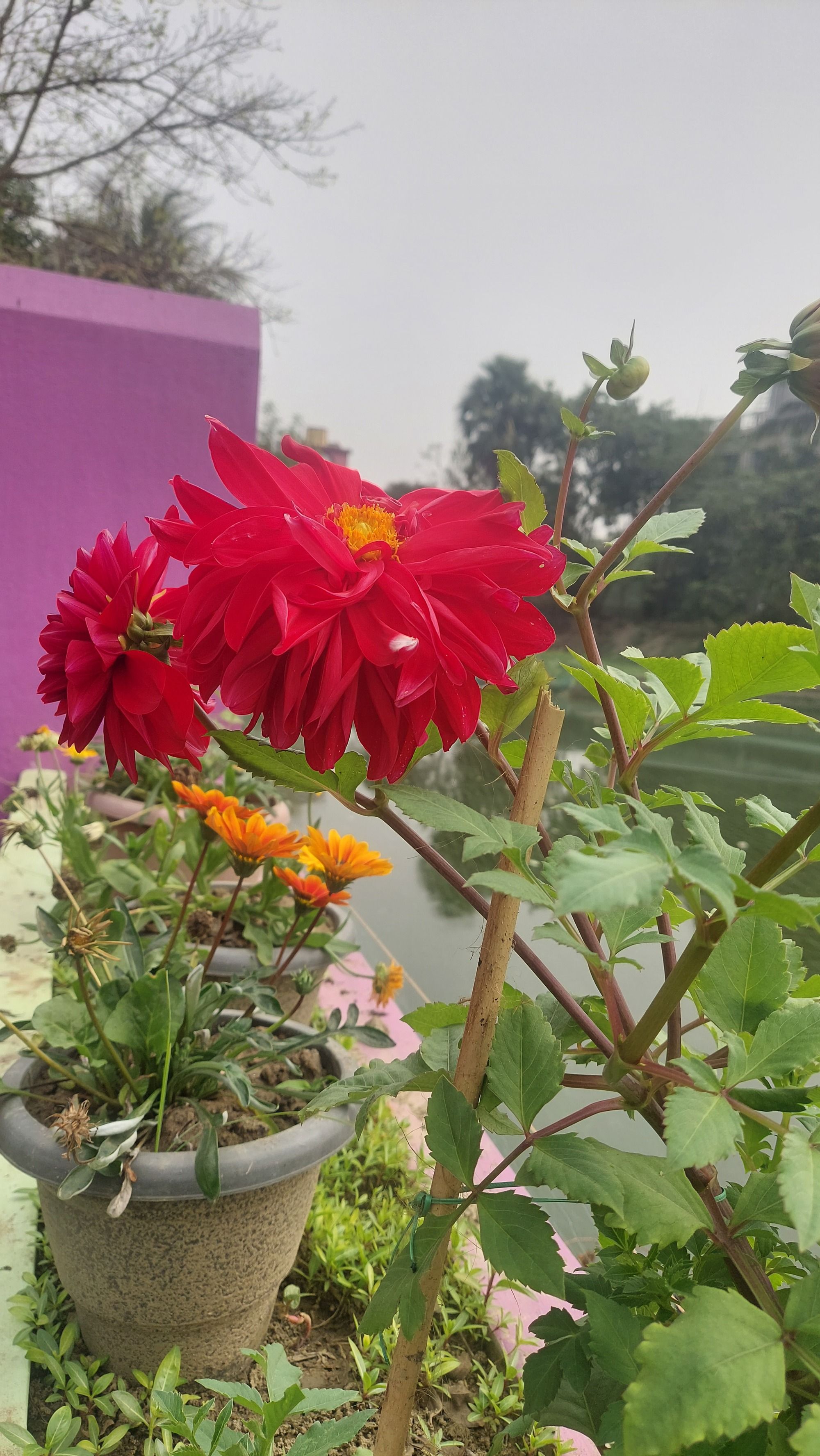
If you are looking for flowers to grow in your garden that are colorful and large, the Dahlia is a great choice.
I am often asked by many people if they can grow dahlia in Florida, and my answer to them is always "Yes, why not". So now in this article, I am going to guide you step by step from planting Dahlia to blooming flowers.
Dahlias, part of the Asteraceae family, are stunning flowers available in a myriad of colors like white, yellow, pink, red, lavender, and more. Their sizes vary from small 2-inch pompoms to massive 15-inch “dinner plates,” and most grow 4 to 5 feet tall. These tuberous plants are typically planted in late fall or early winter and bloom from late winter through spring, performing well in mild winter temperatures.
Growing Seasons for Dahlia
There are two primary growing seasons for dahlia, one is the fall and the other season is the spring. Dahlia is so sensitive in extreme heat, pests, and rain. So I don't recommend planting it in other seasons except for the fall. You can try to grow some heat-tolerant flowers during the summer, but it can be quite difficult due to those reasons. So I am skipping it and focusing only on growing it in the fall.
So let's focus on planting dahlia by the end of September and it will start blooming between November and December.
Note that, you can also plant it in March. I already told you there are two growing seasons for dahlias. But I am not a big fan of growing dahlia in March. November is the best time to plant it.
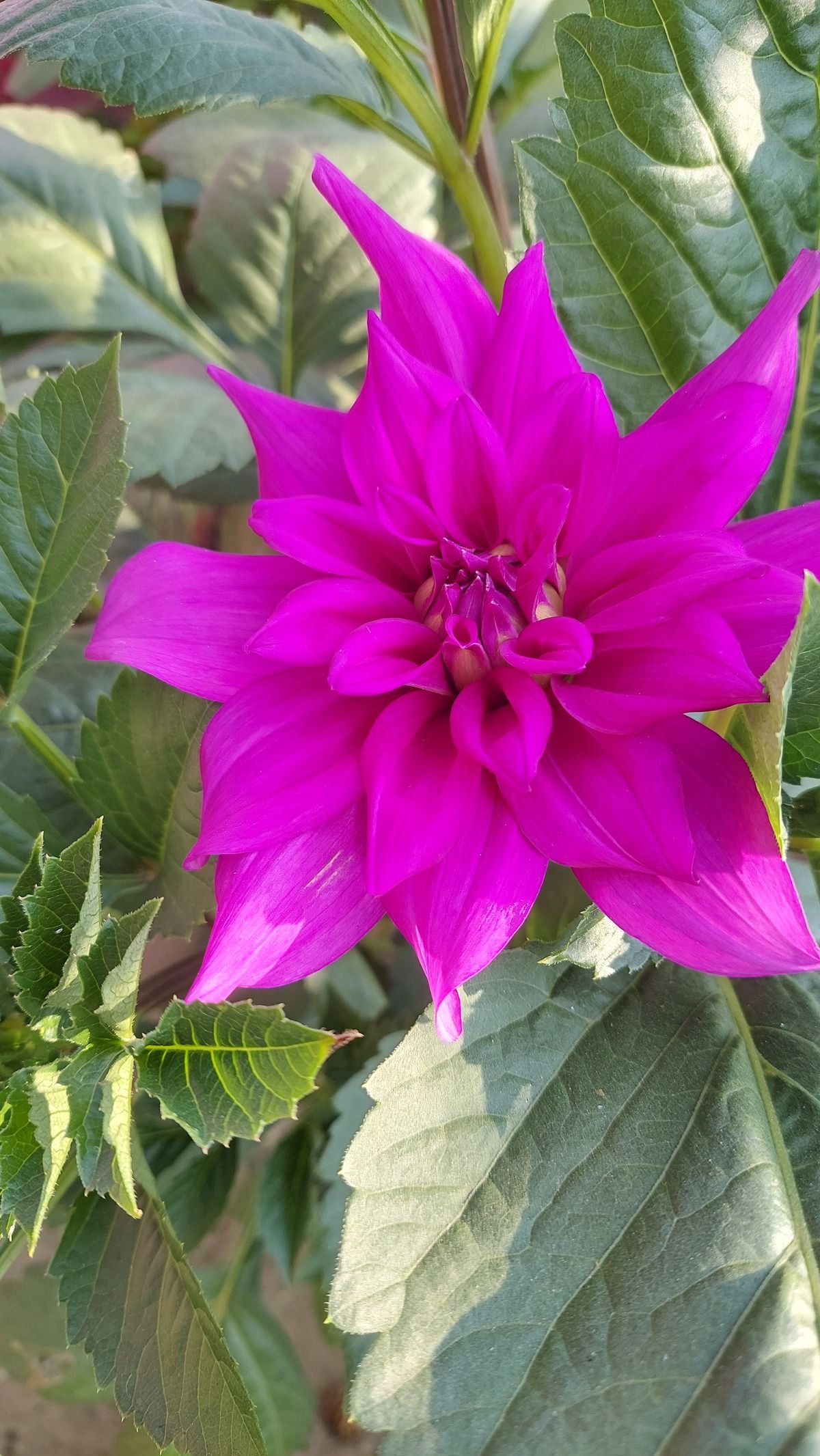
Soil Preparation
Just near our home, there is a farmhouse from where I was able to get compost. I mixed 40% of this compost with 60% of garden soil and that's it, my soil preparation was ready. You can also mix organic granular flower fertilizer in raised beds. But in my case, I didn't use it.
Choose The Location
Before planting Dahlia, it is important to choose a proper location. For optimal growth, dahlias need 6 to 8 hours of direct sunlight daily, preferably in the morning. It also needs a proper drainage system. So choose the position where all these criteria are met.'
Planting Dahlias
If everything is done, it's time to plant your dahlias.
I dig a 6-inch deep hole for each dahlia tuber. Before placing the tuber in the hole, I add a tablespoon of bone meal. Bone meal provides phosphorus to the soil, which helps stimulate root growth and encourages more blooms later on. I space the tubers 12 inches apart, which is crucial for allowing good air circulation between the plants. My dahlias are prone to powdery mildew, so proper spacing helps prevent this issue.
Fertilizing
When you see your dahlias have begun to sprout, you can apply the organic foliar fertilizer of compost tea and seaweed once a week for a month and then once a month.
Watering
Wait until your tubers begin to sprout before giving them water. Excess moisture can lead to rot, so it’s crucial to hold off. Once established, water them thoroughly 2-3 times a week. In Central Florida, we often get ample rainfall in the fall, so keep that in mind and avoid watering if it's already raining. If your plants start to wilt in the midday heat, give them a light misting. This helps them absorb moisture through their leaves.
Pinching
Pinching is essential for dahlias, just like with many other flowers. When the plant reaches about 12 inches tall, trim a third of the stem just above a set of leaves. Don’t delay this step, especially in the fall; dahlias can grow quickly, which is why I stake them early.
Harvesting
To encourage more blooms, it’s vital to harvest your dahlias regularly. Try to cut them either early in the morning or late in the day, placing them immediately into a bucket of water with one CVBN tablet. Harvesting during the peak heat can hinder their rehydration. For the best vase life, pick your blooms before they are fully open.
